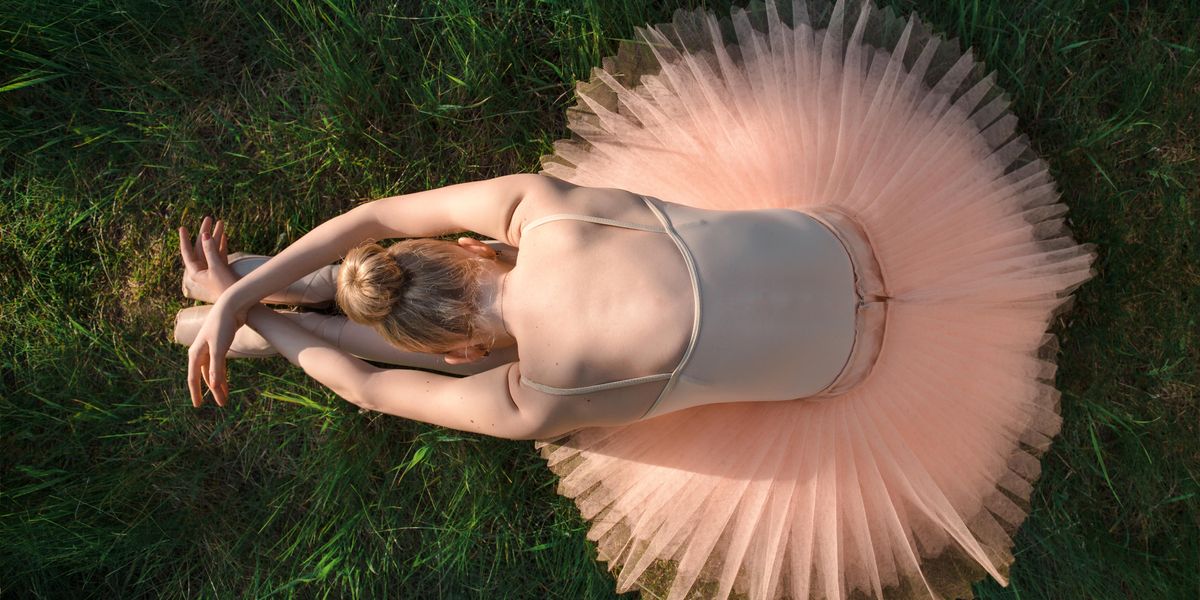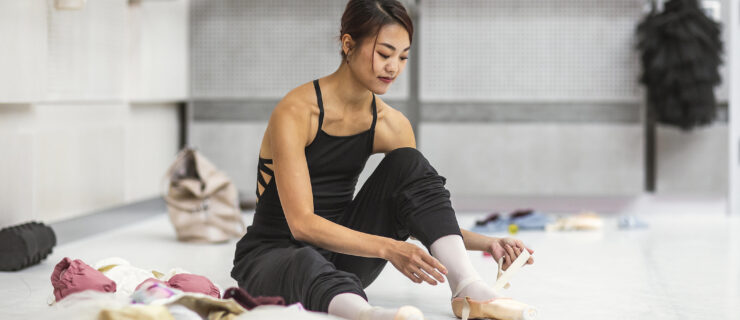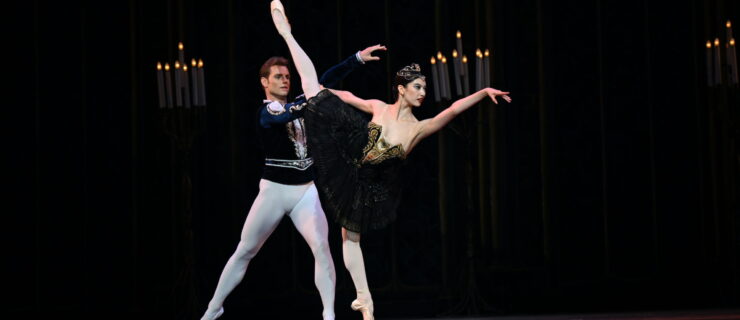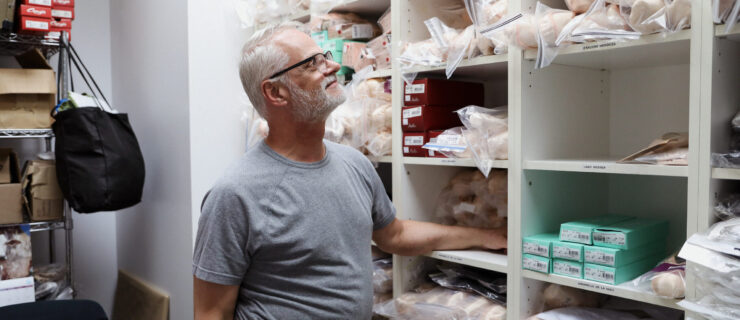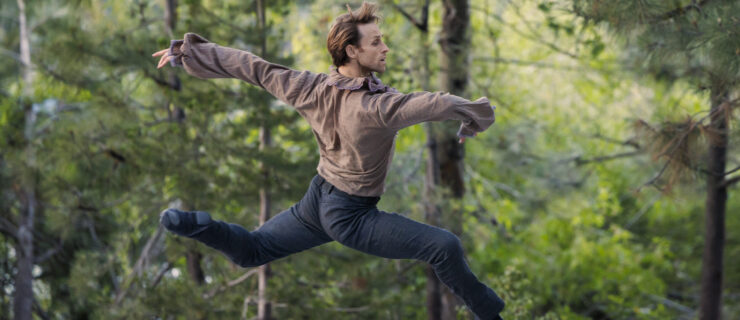The In-Betweens
Every dancer works hard to master ballet’s most eye-catching feats: the fouetté turns, the saut de chats and the double tour en l’airs. But what about the little steps that come in between? Tempting as it might be to gloss over transitions, they’re key to making your technique look polished and dynamic. “Attention to transition steps is one of the things that separates a good dancer from a great one,” explains Boston Ballet soloist Jared Redick, who is principal of the company’s South Shore Studio.
Transitions can do a lot more than just move you from place to place. Think of Aurora’s Act I variation in The Sleeping Beauty. She begins with a relatively simple sequence: piqué arabesque, failli, glissade to piqué back attitude, lower to fourth position. In those few steps, the dancer can show delicacy and control, establish Aurora’s character and interact with the other performers onstage—that is, if she uses the transitions to their full potential.
Break It Down
Anne Dabrowski, ballet master at Pacific Northwest Ballet, recommends thinking of even the smallest steps as having a physicality and a connection to the floor. “Even when you’re just shifting your weight,” she says, “there’s a musculature that you use to get there. Everything is shaped. Think about the moment when your foot hits the floor: It should be turned out, have resistance and the timing should be precise to take you to the next step.”
Start focusing on transitions at the barre. Practice proper placement and technique even in pliés and tendus—your muscle memory will help to maintain those elements when the transitions are interspersed among more difficult steps.
It can help to break down transition steps in slow motion. For example, a failli assemblé can be divided into a demi-plié in fifth position, a sissone from two feet landing on the front foot, a failli through first position to fourth position preparation and an assemblé landing in fifth position demi-plié. Throughout, think of articulating the feet, lengthening your legs, closing into a tight assemblé and turning out from the hips.
By methodically working on your technique within each moment, you can home in on spots that usually go ignored. “Sometimes people forget transition steps in their efforts to achieve more turns or a higher jump,” says Redick. “In actuality, it’s the transition—the preparation—that makes more turns or a higher jump possible.”
Be Aware
Transitions are as much about aesthetics as preparation. “The audience can see you all the time, not just in the big steps,” Dabrowski points out. “Even people not trained in ballet can tell when you lose the sense of flow in the movement, the elegance and carriage of the body.” Transitional moments also provide a chance for your artistry to shine through, a quality that may get lost if you’re focusing solely on the “trick” steps. Moving with intent allows you to pay closer attention to your port de bras, épaulement and expression.
For Dabrowski, the common mistakes dancers make with regard to transitions—slopping through, not using the plié, dropping the performance quality—can almost all be boiled down to a need for greater sensitivity. “The turnout, the articulation, the presentation of the foot on the floor—all of that is magnified onstage because that’s where the beauty is,” she says. “That’s what makes dancing dance.”
Kathryn Holmes is a freelance writer and dancer in New York City.
